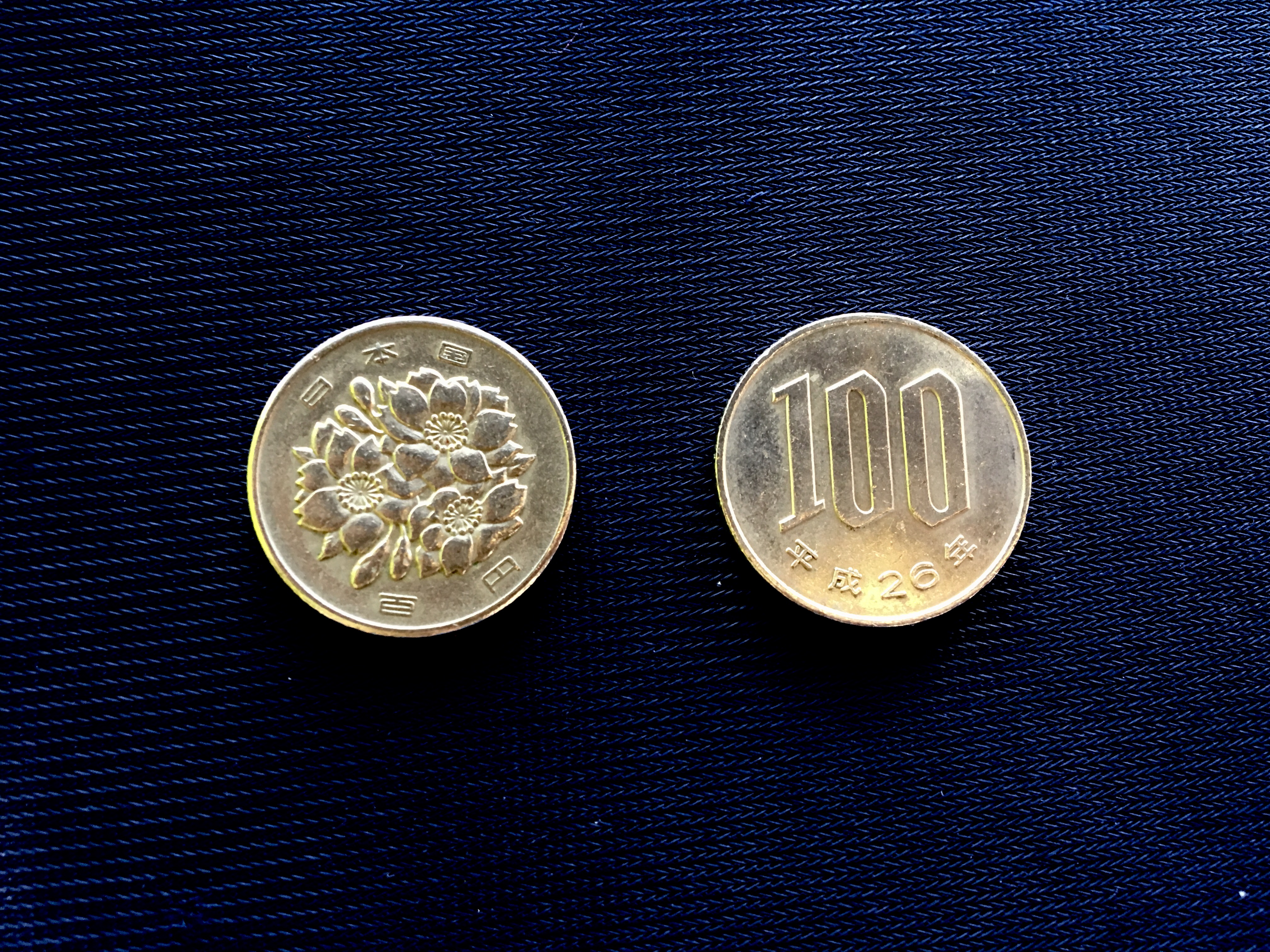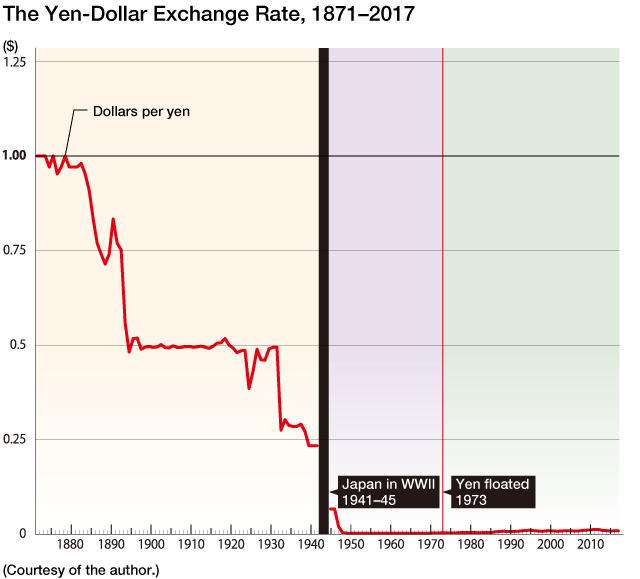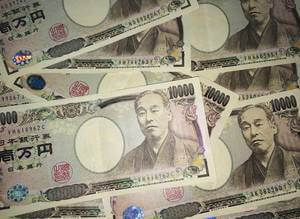

The Bank of Japan will act as an agent and execute the order in the market. In both cases, the finance minister will issue the final order to intervene. If it were to conduct intervention to stop yen falls, authorities must tap Japan's foreign reserves for dollars to sell in the market in exchange for yen. When Japan intervenes to stem yen rises, the Ministry of Finance issues short-term bills to raise yen which it can then sell in the market to weaken the Japanese currency's value. Some policymakers say intervention would only become an option if Japan faces a "triple" selling of yen, domestic stocks and bonds, in what would be similar to sharp capital outflows experienced in some emerging economies.

The speed of yen declines, not just levels, would be crucial in authorities' decision on whether and when to step in.
#Usd to japan currency free#
That is one key reason it is considered a last-resort move, which Tokyo would greenlight only when verbal intervention fails to prevent a free fall in the yen. dollar became an important international reserve currency after the First World War, and displaced the pound sterling as the world's primary reserve currency by the Bretton Woods Agreement towards the end of the Second World War.WHAT WOULD PROMPT TOKYO TO BUY YEN AGAIN?Ĭurrency intervention is costly and could easily fail given the difficulty of influencing its value in the huge global foreign exchange market. Since 1971, all links to gold have been repealed. From 1934, its equivalence to gold was revised to $35 per troy ounce. The Gold Standard Act of 1900 linked the dollar solely to gold. dollar was originally defined under a bimetallic standard of 371.25 grains fine silver or, from 1837, 23.22 grains fine gold, or $20.67 per troy ounce. The monetary policy of the United States is conducted by the Federal Reserve System, which acts as the nation's central bank. banknotes are issued in the form of Federal Reserve Notes, popularly called greenbacks due to their predominantly green color. dollar at par with the Spanish silver dollar, divided it into 100 cents, and authorized the minting of coins denominated in dollars and cents. The Coinage Act of 1792 introduced the U.S. The United States dollar is the official currency of the United States and several other countries. The yen had appreciated to a peak of ¥271 per US$ in 1973, then underwent periods of depreciation and appreciation due to the 1973 oil crisis, arriving at a value of ¥227 per US$ by 1980. When that system was abandoned in 1971, the yen became undervalued and was allowed to float. To stabilize the Japanese economy, the exchange rate of the yen was fixed at ¥360 per US$ as part of the Bretton Woods system. The Bank of Japan was founded in 1882 and given a monopoly on controlling the money supply.įollowing World War II, the yen lost much of its prewar value. The yen replaced the previous Tokugawa coinage as well as the various hansatsu paper currencies issued by feudal han. The New Currency Act of 1871 introduced Japan's modern currency system, with the yen defined as 1.5 g of gold, or 24.26 g of silver, and divided decimally into 100 sen or 1,000 rin. It is also widely used as a third reserve currency after the US dollar and the euro. It is the third-most traded currency in the foreign exchange market, after the United States dollar and the euro.

The yen is the official currency of Japan.


 0 kommentar(er)
0 kommentar(er)
